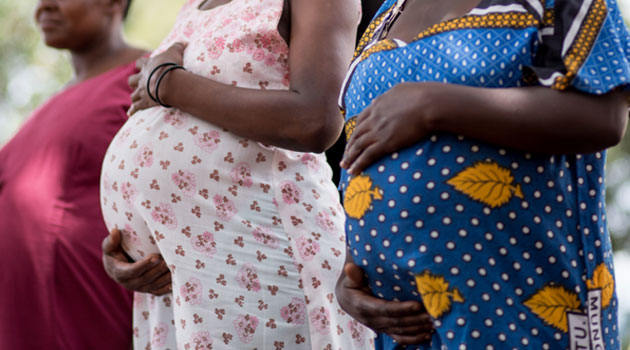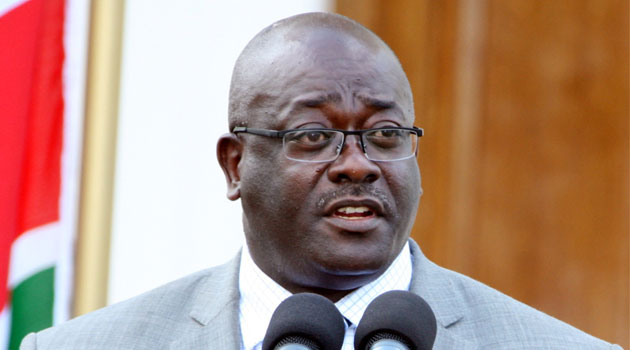
Currently 6.5 million Kenyans are tested annually and only 30pc are found to be HIV positive with those confirmed categorized as late testers – they get tested when the virus is at its acute stage/FILE
NAIROBI, Kenya, Sep 19 – To improve on the number of Kenyans being tested for HIV annually, the National AIDS and STI Control Program(NASCOP) is gradually embracing the HIV Testing and Treatment Rapid Results Initiative (RRI) which targets people living with HIV and who are on treatment, who then encourage their families and friends to get tested.
Currently 6.5 million Kenyans are tested annually and only 30pc are found to be HIV positive with those confirmed categorized as late testers – they get tested when the virus is at its acute stage.
Existing country data shows that Kenya is below its targets hence the need to fast track this initiative.
Though there has been a progressive increase in access to HIV prevention, treatment, care and support devices including expansion of social protection mechanisms, resource mobilization, systems strengthening, leadership and governance, there’s still a group of people who are high at risk of contracting the virus.
“Although The HIV cohort analysis shows that our viral load suppression rates are in the range of 83pc, suppression rates for children and adolescents are a challenge at 69pc and 63pc respectively, more must be done in this area,” said Head NASCOP Martin Sirengo.
Almost half of the adolescents with HIV worldwide are in the six countries that include Kenya, Tanzania, South Africa, Nigeria, Mozambique and India, this is according to a HIV/AIDs report among children by the United Nations Children’s Fund (Unicef) dubbed: ‘Statistical Update on Children, Adolescents and AIDS’
The report goes on to state that 26 adolescents are infected every hour in the Sub-Saharan region yet only one in 10 is tested for HIV.
In Kenya, adolescents account for over 30pc of new infections with the main challenge being that of getting them on treatment.
NASCOP Head Sirengo noted that they are aware of the gap in treatment especially that of infected teenagers and that they are currently working with the ministry of Education to put together interventions that will help address the different needs of Adolescents i.e. Creating Age appropriate information, we have formed a taskforce with the ministry, stakeholders discussing how to include the youth in these response,” he said
“There’s also a package for teachers to let the teachers know what is new including the revision of the curriculum,” said Sirengo.
“We acknowledge that the reasons they have these challenges is as a result of Biological, social challenges and poor guidance from either the parent or school, issues of disclosure especially for children who board in schools who can’t get the treatment into their institutions and while in school they still have a challenge in securing time to go see a doctor,” he noted.
Speaking on HIV Prevention Care and Treatment Conference on Monday, Sirengo said the present HIV findings shows that early treatment will create functional cure and suppress the viral load resulting to healthy living for the infected persons.
“We are working to getting many Kenyans know their HIV status so that those infected can be put on treatment,” Sirengo stated.
Present during the forum was Chair lady of the Clinicians Society Loise Achieng said embarking on early testing treatment will greatly help address infection rates which have declined from 0.62pc in 2014 to 0.44pc in 2013.
She also noted that they are working on starting to screen for diseases such as Cancer, diabetes among others which many of the infected persons are exposed to, put on them early treatment to improve on their quality of life.
The Ministry of Health also partnered with the National AIDS and STI Control Program to increase the number of Kenyans on treatment to 1.3 million up from the current 950,000 by 2019, and eventually have all those infected on treatment by 2024.










































